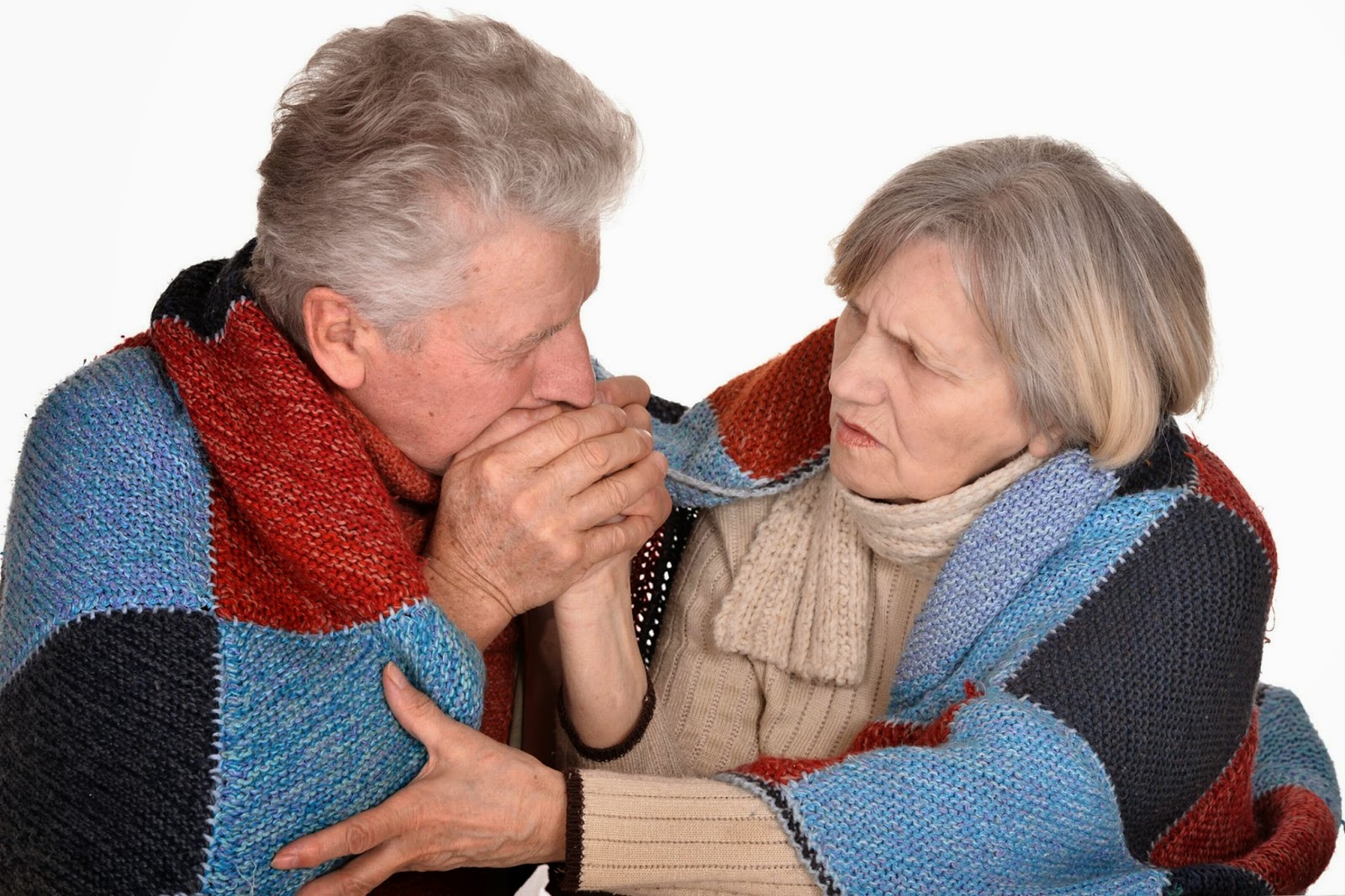Extreme Weather Safety Tips for Seniors in Winter or Summer

Extreme Weather Safety Tips for Seniors is based on an article by the The CareGiver Partnership that focused entirely on extreme cold, but it ignores extreme heat and how weather events can disrupt the electric power grid.
Extreme Weather Safety Tips in General
Climate change is causing global weather extremes that bring dangerous heat, cold, flooding, drought, and violent storms that can put the lives of seniors at risk, especially if they rely on reliable electric service. That’s why people in tornado alley are installing storm shelters, people in Texas are installing whole-house generators, and people everywhere are developing evacuation and survival plans.
As people in Texas and throughout the South crank up the AC to stay cool during a record-breaking heat wave, they are pushing the limits of their power supply. So far the troubled power supply in Texas is handling the extra demand, but rising demand is threatening supply, and officials are preparing for rolling brownouts.
You might remember our power grid failed a couple of years ago during a big winter storm. Sprinkler system pipes in our community’s clubhouse froze and burst, flooding the entire space, and closing the building for almost a year. That was in the Dallas area, but the same thing happened in the community we now live in near Houston. And while Dallas is known for tornados and hail storms, Houston is known for hurricanes.
Extreme Weather Safety Tips During the Extreme Cold of Winter
The real purpose of this article is to share an infographic by Homecare Together, which offers helpful tips on how to keep sufficiently warm during extreme winters. Afterwards is a text transcript for people who use screen readers.
In addition to helping seniors stay warm, keep an eye out for symptoms of Seasonal Affective Disorder. SAD is a type of depression that occurs during winter when there’s less natural sunlight, and keeping curtains drawn to keep in the warmth can amplify the effect. Preventing SAD is often treated with light therapy, especially bright lights early in the morning to counter the lack of sunlight.
Keeping Warm in Winter (transcript)
A HELPFUL GUIDE FOR OLDER PEOPLE
Winter weather can mean dangerous conditions for older people, bot inside and outside the home.
KEEP YOUR HOME AT THE RIGHT TEMPERATURE
When indoors, keep the living room temperature between 18-21C (65-70F) and other rooms at a minimum of 16C (61F).
DRESS FOR THE WEATHER
Wearing several layers of clothing is usually more effective than one thick layer. Also, make sure to keep your feet fully protected by wearing thick socks and waterproof footwear (if you’re venturing outside).
KEEP ACTIVE
It’s important to keep moving as much as possible – don’t stay sitting in the one spot for long periods. Avoid going outside if conditions are dangerous, such as if there is ice, frost or snow. Instead, consider doing any exercise indoors.
CLOSE BEDROOM WINDOWS
During the cold weather, bedroom windows should stay closed. You can become more susceptible to the common cold if you sleep in a cold bedroom.
EAT WELL
Eat a healthy diet and have at least one hot meal a day. Also, it is a good idea to keep a flask of hot drink by the bed, if you wake up cold.
STAY IN TOUCH WITH FAMILY AND FRIENDS
Keep in contact with family and friends and arrange to have someone check on you if they haven’t heard from you in a given time frame.
6 LOW COST WAYS TO KEEP THE HEAT IN
- Seal any gaps around windows and doors with draft excluder strips.
- If you have an open fireplace which is unused, install a chimney balloon.
- Avoid placing furniture or anything else in front of radiators.
- Insulate wall cavities and hot water cylinder and pipes.
- Draw curtains at dusk to help keep the heat generated inside the rooms.
- When having a shower, leave the door open and let the heat and steam travel into adjoining room. The same goes for cooking.

